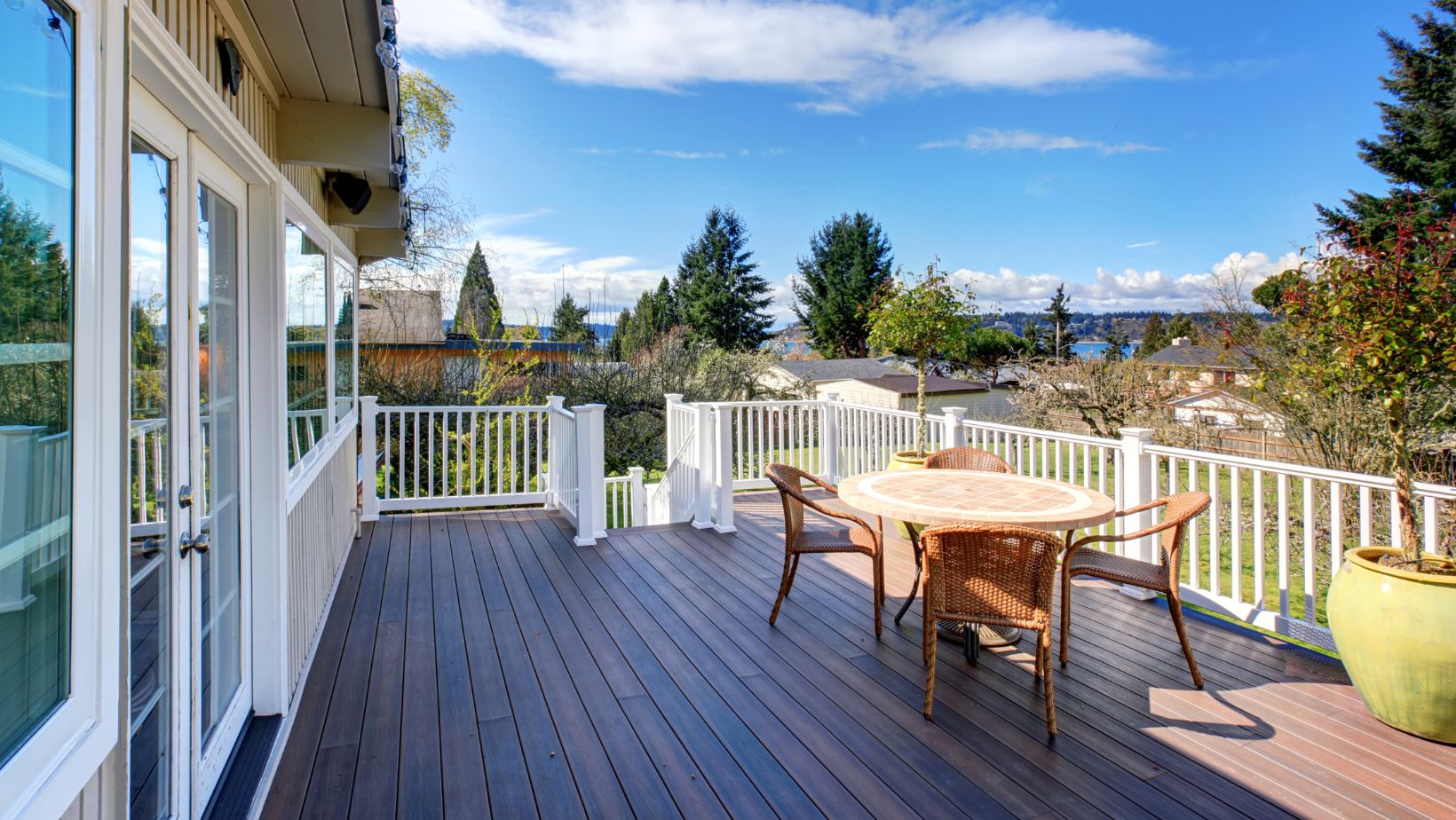Decks are lovely outdoor spaces that enhance our homes and provide a perfect spot for relaxation and entertainment. However, due to exposure to the elements, decks can suffer wear and tear over time. Discover Lifetime Exteriors website as we delve into the world of deck repair, covering everything from everyday issues to step-by-step repair processes.
Exploring Deck Repair: From Common Problems to Detailed Repair Techniques
Assessing the Damage
The first step in deck repair is assessing the damage. Carefully inspect the entire deck, looking for signs of rot, cracks, loose boards, and rusted fasteners. Pay special attention to areas frequently exposed to moisture, such as near planters or at the bottom of staircases. Note any structural issues that may compromise the deck’s safety.
Replacing Deck Boards
One of the most common issues with decks is damaged or rotting deck boards. To replace a deck board, remove the old one using a pry bar. Measure the length and width of the board to ensure a proper fit for the replacement. Cut the new board to size and secure it in place using galvanized deck screws. Ensure the replacement board is leveled with the surrounding boards for a seamless finish.
Repairing Railing and Balusters
The railing and balusters play a crucial role in the safety of your deck. Inspect them for any signs of damage, such as loose or splintered pieces. Tighten loose screws and replace any damaged balusters or railing sections. If the railing or balusters are severely damaged, consider upgrading to a more durable material, such as composite or metal, for enhanced longevity.
Fixing Structural Issues
Structural issues like sagging or unevenness require immediate attention to prevent further damage. Start by inspecting the support posts and beams for signs of rot or instability. Reinforce weak spots with additional support beams or braces. Use a level to ensure that the deck is evenly supported and that there are no dips or slopes.
Treating and Preventing Rot
Rot is a common problem with wooden decks, especially in areas with high humidity or frequent rain. Remove any affected wood using a chisel or saw to treat and prevent rot.

Apply a wood preservative to the exposed areas to prevent future rotting. Consider using pressure-treated lumber or composite materials for areas prone to moisture to minimize the risk of rot.
Sealing and Staining
Sealing and staining your deck enhances its appearance and protects it from moisture and UV damage. Clean the deck thoroughly before applying a sealer or stain to remove dirt, mildew, and old finish. Use a pressure washer or a deck cleaner for best results. Apply the sealer or stain evenly using a brush or roller, and allow sufficient drying time before using the deck.
Maintaining the Deck
Regular maintenance is critical to prolonging the life of your deck. Schedule annual inspections to check for any new damage or wear. Clean the deck periodically to remove debris and prevent mold growth. Keep plants and furniture off the deck to allow proper airflow and minimize moisture retention. Use a sealer or stain every few years to maintain the deck’s protective coating.
Enhancing Safety Measures
In addition to repairing visible damage, enhancing safety measures on your deck is paramount. Install non-slip strips or coatings on stairs and high-traffic areas to prevent slips and falls, especially when the deck is wet. Ensure that railings are at the appropriate height and spacing to meet building codes and provide adequate protection. Consider adding lighting to illuminate the deck at night, improving visibility and reducing accidents.
Addressing Pest Infestations
Pest infestations can wreak havoc on decks, particularly those made of wood. Look for signs of insect damage, such as wood shavings, holes, or nests. Treat affected areas with insecticides designed for outdoor use, and consider applying a protective barrier to deter future infestations.

Regularly inspect the deck for signs of termites, carpenter ants, or other wood-destroying pests and take prompt action to prevent extensive damage.
Professional Consultation and Maintenance
While many deck repairs can be tackled as DIY projects, some issues may require professional expertise. Consult a licensed contractor or deck builder for complex repairs, structural assessments, or code compliance checks. Professionals can provide valuable insights, recommend appropriate materials, and ensure that repairs are done safely and effectively. Additionally, consider scheduling professional maintenance services periodically to keep your deck in top condition and address any emerging issues promptly.
Deck repair is a multifaceted process that involves assessing damage, addressing structural issues, enhancing safety measures, and preventing future damage. By following the steps outlined in this guide and seeking professional assistance when needed, you can restore your deck’s beauty, functionality, and safety. Regular maintenance, proactive pest control, and adherence to safety standards are critical elements in prolonging the life of your deck and enjoying outdoor living to the fullest.


More Stories
Vinyl Roofing: The Ultimate Guide to Durable and Cost-Effective Roofing Solutions
Why Your Yard Floods Every Time It Rains (And How to Fix It)
4 Ways to Create an Outdoor Oasis on a Budget